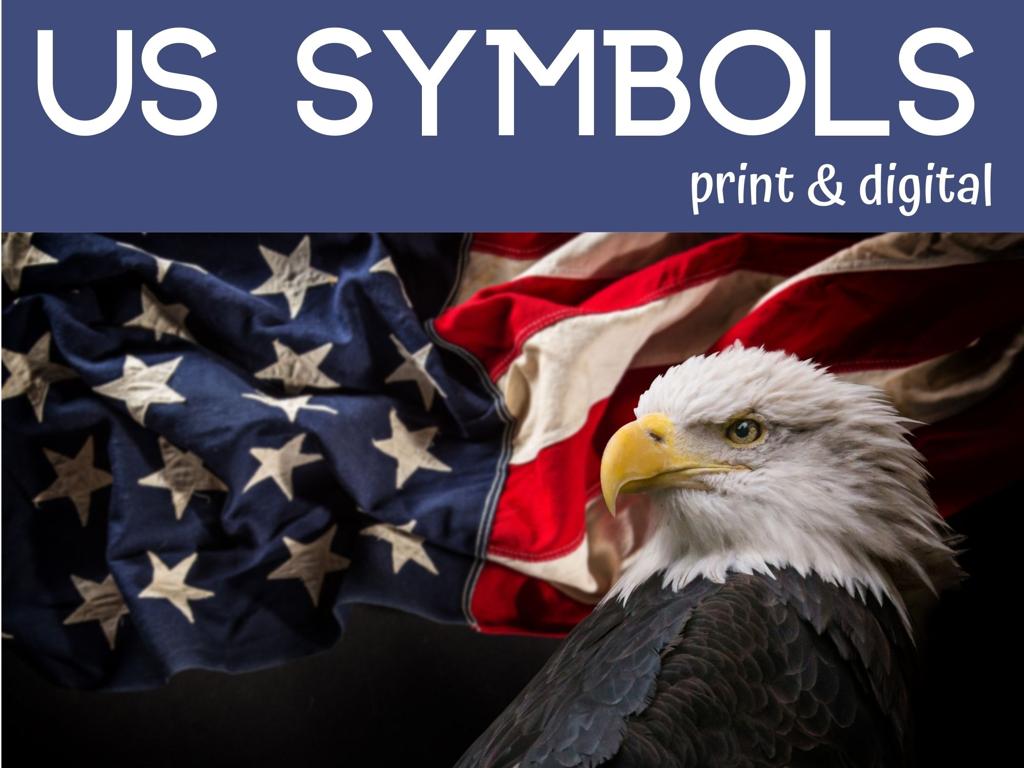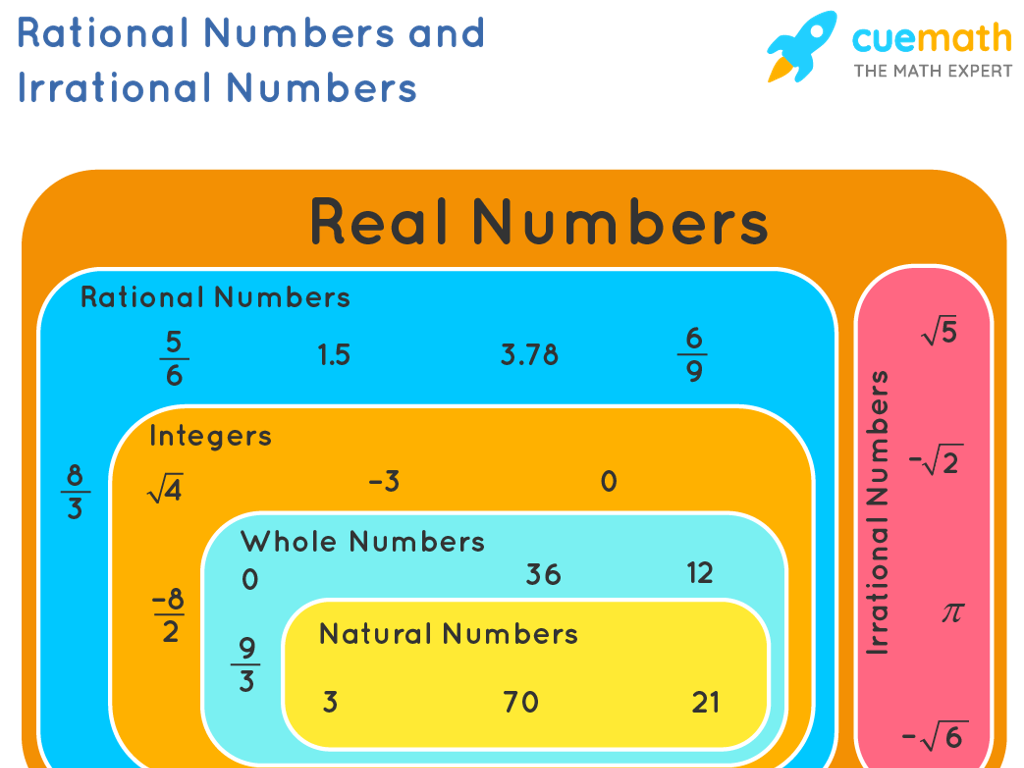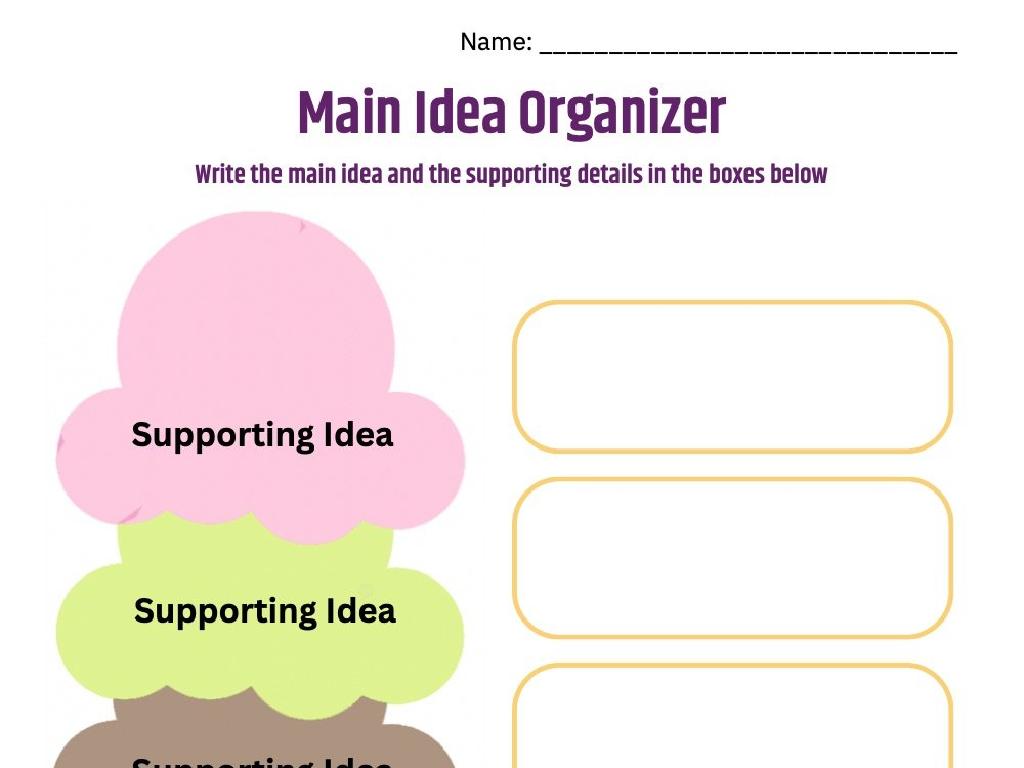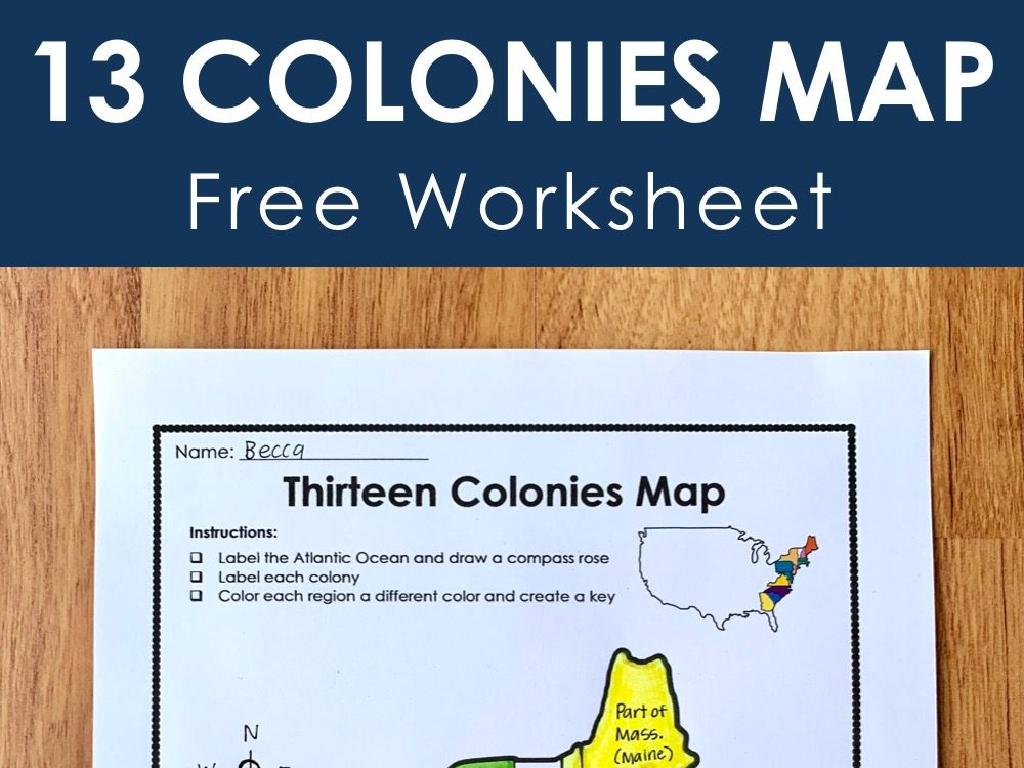Cones
Subject: Math
Grade: Kindergarten
Topic: Three-Dimensional Shapes
Please LOG IN to download the presentation. Access is available to registered users only.
View More Content
Welcome to 3D Shapes: Meet the Cone
– Greet the class with enthusiasm
– Introduce the cone as a 3D shape
– A cone has a flat circle and a point called the apex
– Explain what 3D means
– 3D shapes are not flat; they have length, width, and height
– Encourage questions about 3D
|
Begin the class with a warm and energetic greeting to capture the students’ attention. Introduce the cone by showing a real-life example, such as an ice cream cone or a party hat, to make the concept relatable. Explain that 3D stands for three-dimensional, which means the shape has three different sides: length, width, and height, unlike flat shapes that only have length and width. Encourage the children to ask questions or share what they know about 3D shapes to create an interactive learning environment. The goal is to ensure students can recognize and name the cone as a 3D shape by the end of the lesson.
Exploring Cones: A Fun Shape!
– A cone has a flat bottom
– It has a pointy top like a hat
– Cones look like ice cream cones
– Think of yummy ice cream in a cone
– Finding cones in everyday life
– Party hats, traffic cones, and more
|
This slide introduces the concept of cones to Kindergarten students by relating the shape to familiar objects. Emphasize that a cone has one flat face that is circular, and one vertex at the top, making it pointy. Use tangible examples like party hats and ice cream cones to help students visualize the shape. Encourage them to think of and discuss other examples of cones they have seen in their daily lives. This will help them recognize and understand the shape in a fun and engaging way. You can bring in a real cone-shaped object, like a party hat, for a show-and-tell segment to make the learning experience more interactive.
Exploring Cones: A Fun Shape
– Cones have a flat circle bottom
– It’s like the bottom of a drum
– They have one curved side
– This side wraps around, like a hug!
– The top point is the apex
– Apex is the very tip-top of the cone
– Cones are like party hats!
– Think of the hats we wear on birthdays!
|
This slide introduces the basic characteristics of cones, a type of three-dimensional shape. Emphasize that cones have one flat face in the shape of a circle, which can be related to objects they are familiar with, like the bottom of a drum. The curved side that wraps around can be described as giving the shape a hug, making it easier for young children to visualize. The apex, or the point at the top of the cone, is another feature to identify. Relating cones to party hats can make the concept more engaging and relatable for Kindergarten students. During the presentation, use real-life examples such as ice cream cones or traffic cones to help children connect the shape to the world around them.
Cones Around Us
– Search for cones in our room
– Look at everyday cone pictures
– ice cream cones, party hats, traffic cones
– Let’s name the cones together
– Practice saying cone names aloud
– Discuss cone uses
– How do we use these cones in daily life?
|
This slide is designed to engage Kindergarten students in identifying and naming cones in their immediate environment and in everyday objects. Start by encouraging the children to look around the classroom for any objects shaped like a cone. Show them pictures of common items that are cone-shaped, such as ice cream cones, party hats, and traffic cones. Ask the students to name these objects to reinforce their understanding of the cone shape. Discuss the function of these items to help them recognize the practical uses of cone shapes in daily life. The activity fosters observational skills and helps children connect classroom learning with the real world.
Let’s Build a Cone!
– Make cones with paper
– Roll paper into a cone
– I’ll show you how to roll it up
– Tape the sides together
– We’ll use tape to keep it in shape
– Our very own paper cones
|
This slide is for a hands-on activity where students will learn about cones by making one themselves. Start by distributing sheets of paper to each student. Demonstrate step-by-step how to roll the paper into a cone shape. It’s important to go slowly, showing them how to hold the paper at the corner and roll it tightly to form a cone. Once the cone shape is achieved, assist them in taping the sides so the cone holds its shape. This activity will help students understand the three-dimensional aspect of cones and recognize them in their environment. For the teacher: Prepare extra paper and tape, and be ready to help students who may have difficulty rolling their paper into cones. Suggest decorating the cones if time allows, to make the activity more engaging.
Class Activity: Cone Hunt
– Let’s search for cone shapes
– Find cone objects in 10 minutes
– Look around, under, and inside for cones
– Walk and explore carefully
– Safety first, use your walking feet
– How many cones did you find?
|
This activity is designed to help Kindergarten students recognize cone shapes in their environment. Before starting, explain what a cone looks like and perhaps show a picture or a real cone. Encourage the children to look in different places, like under tables or on shelves. Remind them to walk and not run to ensure everyone’s safety. After the hunt, gather the students and count the cone-shaped objects they found. Discuss where they found them and what those objects are used for. This will help reinforce the concept of cones in a fun and interactive way. Possible variations of the activity could include grouping by the size of the cones found, using the cones for a craft project, or even creating cone shapes with playdough.
Share What We Found: Cone Shapes Around Us
– Gather in a circle with our cones
– Discuss why each object is cone-shaped
– Is it pointy at the top? Does it get wider at the bottom?
– Talk about cones in real life
– Ice cream cones, party hats, traffic cones
– Learn how cones are useful
– Cones can hold things, like ice cream, or tell us where not to go, like traffic cones
|
This activity is designed to reinforce the concept of cones in a practical and interactive way. By gathering in a circle, students can show and tell the cone-shaped objects they found, fostering a collaborative learning environment. Encourage each student to explain why their object is shaped like a cone, focusing on characteristics like a pointy top and a wider base. Discuss the role of cones in everyday life, such as how an ice cream cone holds our treat and how a traffic cone is used for safety. This will help students understand the purpose and function of cone shapes in their surroundings. Prepare to guide the discussion with prompts and ensure every student gets a chance to participate.
Cone Hunt Recap
– Congrats on the cone hunt!
– Cones: Recognizing their shape
– Cones have a pointy top and a round bottom
– Cones are found everywhere
– Ice cream cones, party hats, traffic cones
– Share your favorite cone moment
– Did you like finding cones or learning about them?
|
Well done to all the students for participating in the cone hunt activity! Today, we’ve learned to identify the unique shape of cones and discovered that they are all around us in our daily lives. Encourage the children to reflect on the lesson by asking them about their favorite part. Was it the hunt itself, or perhaps the joy of recognizing cones in different objects? Use this opportunity to reinforce the characteristics of cones and their presence in various objects. This will help solidify their understanding of three-dimensional shapes and how they relate to the world around them.






